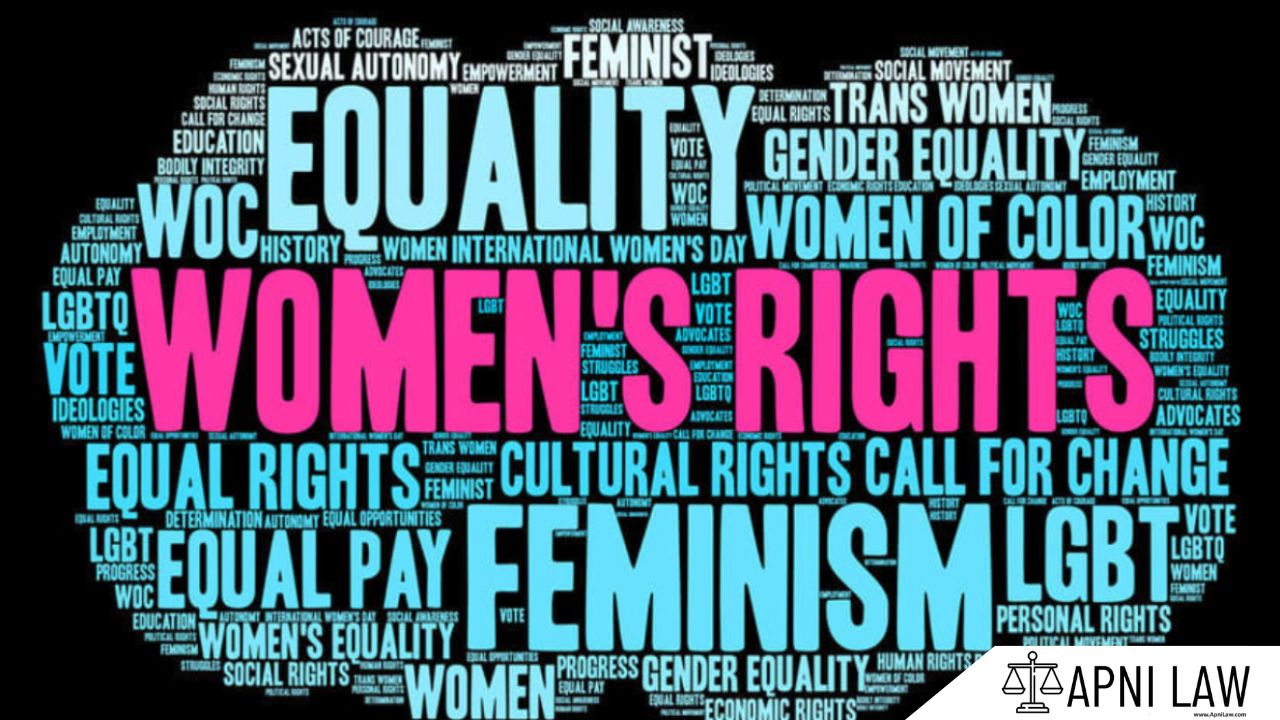Code: Section 292 BNSS
292.
Where in a meeting under section 291, a satisfactory disposition of the case has been worked out, the Court shall prepare a report of such disposition which shall be signed by the presiding officer of the Court and all other persons who participated in the meeting.
If no such disposition has been worked out, the Court shall record such observation and proceed further in accordance with the provisions of this Sanhita from the stage the application under sub-section (1) of section 290 has been filed in such case.
Explanation of Section 292 BNSS
Section 292 of the Bharatiya Nyaya Sanhita, 2023 (BNSS) outlines the procedure for the Court when a meeting, as described in Section 291, is held to resolve the case. If the parties involved reach a satisfactory disposition during the meeting, the Court is required to prepare a report documenting the resolution. This report must be signed by both the presiding officer and all individuals who participated in the meeting.
In cases where a satisfactory disposition is not reached, the Court is tasked with recording this outcome and continuing the case in accordance with the procedures outlined in Section 290 of the BNSS, effectively returning to the point where the application for the meeting was filed.
Illustration
Example 1: Successful Disposition
A case involving a dispute between two parties is brought before the Court. During the meeting held under Section 291, the parties come to a mutual agreement. The Court prepares a report detailing the agreed-upon resolution, signed by the presiding officer and all meeting participants, and the case is concluded.
Example 2: No Disposition Reached
In another case, the parties fail to reach any agreement during the meeting. The Court records this observation and resumes proceedings from the stage outlined in Section 290, continuing with the judicial process.
Common Questions and Answers on Section 292 BNSS
1. What happens when a satisfactory disposition is reached in the meeting?
- Answer: The Court prepares a report documenting the disposition, which is signed by the presiding officer and all participants in the meeting.
2. What if the parties do not reach a satisfactory disposition?
- Answer: If no agreement is reached, the Court records this and proceeds with the case according to the provisions of Section 290.
3. Who signs the report if a satisfactory disposition is achieved?
- Answer: The report must be signed by the presiding officer of the Court and all individuals who participated in the meeting.
4. Does the Court always proceed to a meeting under Section 291?
- Answer: No, the meeting under Section 291 occurs when an application has been made under Section 290 for such a process. If no meeting is held, the case proceeds as per the applicable provisions.
5. What happens if the case does not reach resolution in the meeting under Section 291?
- Answer: The Court proceeds with the case from the point where the application under Section 290 was initially filed.
Conclusion
Section 292 ensures that when a case is brought before the Court for resolution through a meeting, the outcome—whether positive or negative—is properly documented. If a resolution is reached, the Court creates an official report; if not, it ensures the case continues through the judicial process. This section enhances transparency and ensures procedural integrity in the disposal of cases.








